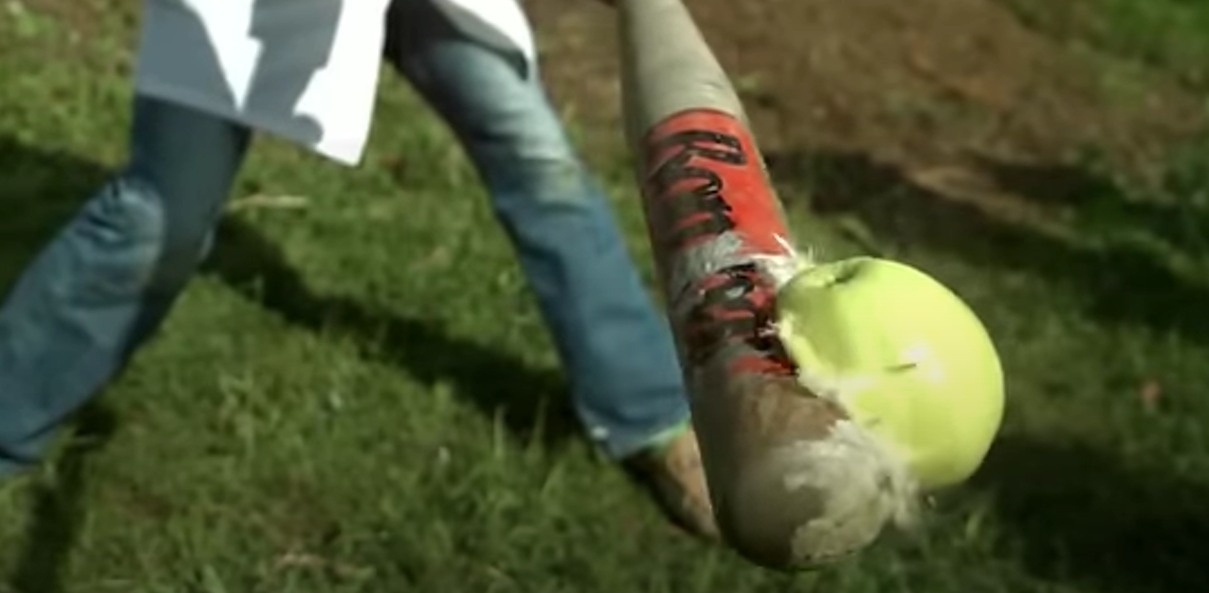
Our Children, Wild Salmagundis
When our middle son was five years old he had a particular skill. He had mastered the art of connecting things that should not be connected. It started innocently enough when he discovered the power of “the knot”. The new ability to attach one thing (e.g., a piece of yarn, ribbon, rope, string, sock, banana peel, etc.) to another thing (fill in the blank) gave him purpose in life. For the better part of a year, nearly all of our doorknobs and cabinet handles had some kind of stringed adornment.
As he advanced in his dexterity and tomfoolery, his complex webs would often get in the way of our ability to open cabinets or drawers. Or, in some cases, we would open one cabinet and two others would open with it. But these weren’t just webs, these were exotic salmagundis; he would attach all manners of keys, clips, jewelry, and anything else he could pilfer from the kitchen junk drawer. These soon advanced into elaborate booby traps. I felt like the criminals from Home Alone in my own house.
To be honest, while we should have been impressed and humored by his creativity, and aware that this may somehow translate into more "useful" exploits later in life, we were more often frustrated by the mess and complexity it added to our routine operations and progress. On top of that, we also had a child who was constantly pulling things out of our trash to fashion her own shantytown forts… and a child who thought he was Gordon Ramsey in the kitchen, begging us to try his mostly-edible backyard-weed stir fries… and a child who had never met a crack or crevice that he didn’t want to stuff with small valuable objects.
Here’s a truism: Wide-eyed children make for tired-eyed adults.
Well, it turns out God made children. And He made children to act like children. He made them to be adventurers and mad scientists. They are wild-hearted stargazers by design. This is because they bear the image of our wild-hearted, stargazing (& star-creating) Creator. When we view their innovations as interruptions, we unwittingly impede their transformation into innovative teens and adults.
We become dream-crushers.
Yet, as parents and educators, we are called to be dream-igniters.
The modern paradigm of industrialized analytics-driven education has created lots of children unable to connect with their Imago Dei and trust their wild and creative spirit. They may learn the fine art of sitting still and passing tests. But we wonder what happens when the next test of life is not from a book? Children need to feel the wind outside the four walls slap their souls once in a while. As we know, young trees that have not been tested by the wind early don’t develop the proper root structure to support the weight of healthy growth later. Once a real storm comes, they are the first trees to come down.
This process of disassembling our kids’ cubicles and releasing them into the open fields of learning is beautiful. And messy, yes. It will rub against our better sensibilities as civilized adults. A child’s ideas and their execution will take us out of our own comfort zone sometimes. They may even appear counterintuitive or counterproductive to intellectual progress, from our more practical vantage points.
It’s true, our kids’ instincts to learn by making big, beautiful messes will upset our well-intentioned educational apple carts. But if roughing up a few apple carts means that you later find your kid playing baseball with apples (true story), find a way to be proud of him or her. Plus, isn’t there a saying that “when life gives you crushed apples, let them ferment into apple cider”? Of course there’s not, but now there is because we took that risk.
0 Comments Add a Comment?